English IPA is a classic beer style that blends robust hop character with a sturdy malt backbone. Known for its balanced bitterness, earthy and floral hop notes, and a subtle fruitiness, this style reflects the ingenuity of British brewers. Interestingly, English IPAs were originally brewed stronger to survive the long sea voyage to India during the colonial era. What makes this style unique is its harmonious blend of traditional English ingredients, creating a complex yet approachable beer that stands apart from its more aggressive American counterparts.
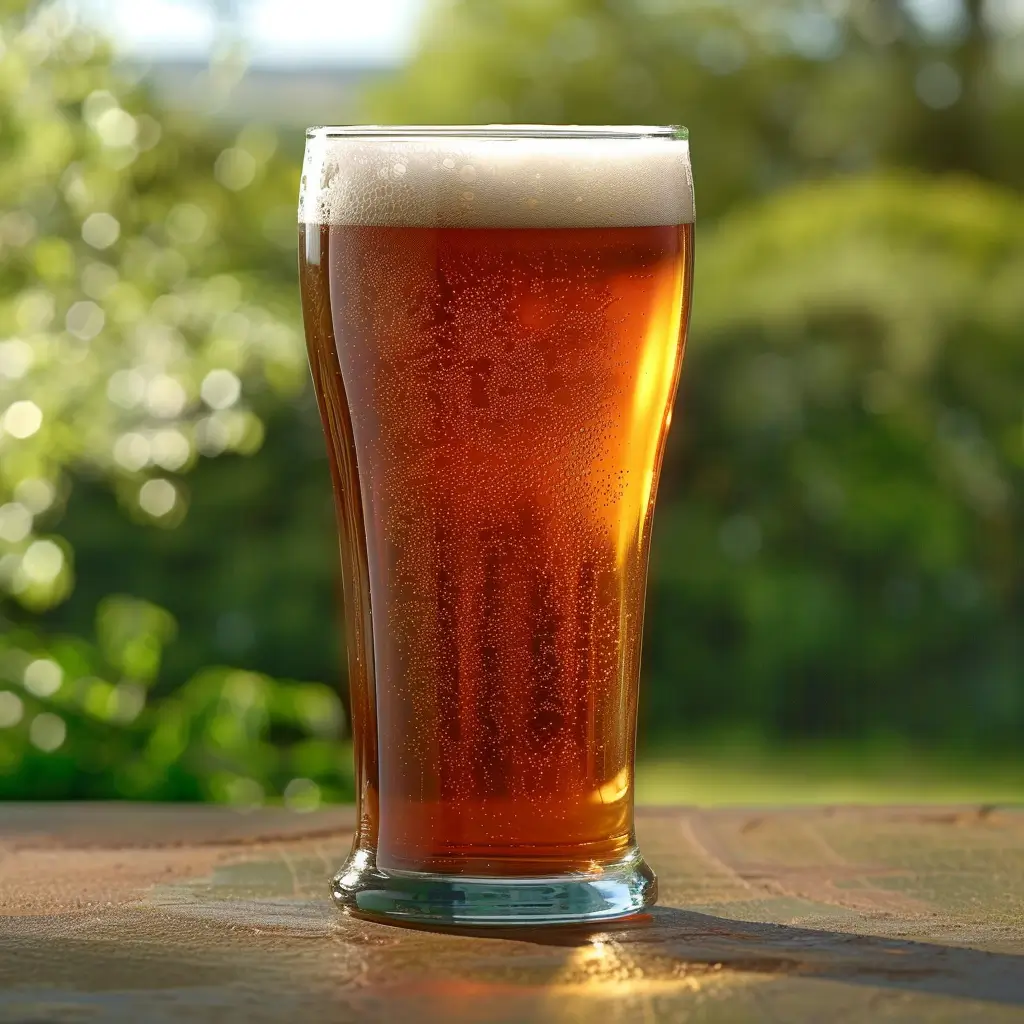
English IPA is most celebrated for its harmonious balance between hop bitterness and malt sweetness, creating a complex yet drinkable beer. In appearance, it ranges from golden to deep copper, crowned with a creamy, off-white head that often leaves delicate lacing on the glass. As renowned beer writer Michael Jackson once noted, "A well-crafted English IPA is like a liquid sonnet - complex, yet perfectly balanced."
The aroma and flavor profile of an English IPA is a delightful interplay of hop and malt characters. Hop notes typically lean towards earthy, floral, and slightly spicy, with undertones of marmalade or orange peel. These are complemented by a robust malt presence, offering flavors of biscuit, toffee, and sometimes a hint of caramel. The bitterness is pronounced but not harsh, providing a counterpoint to the malt sweetness without overwhelming it. Fermentation characteristics often include subtle fruity esters, adding another layer of complexity to the beer's profile.
In terms of mouthfeel, English IPAs generally present a medium body with moderate to medium-high carbonation, creating a smooth yet lively texture on the palate. The finish tends to be dry, encouraging another sip. With an ABV range of 5.0-7.5%, these beers offer a satisfying strength that contributes to their full-bodied character without veering into overpowering territory. This makes them versatile enough for various occasions, from session drinking to savoring as a standalone brew.
On the Standard Reference Method (SRM) scale, English IPAs typically fall between 8 and 14, reflecting their golden to copper hues. When poured, an English IPA is a sight to behold: a rich, inviting color topped with a pillowy head, promising a sensory journey through centuries of brewing tradition.
In recent years, English IPA has experienced a renaissance, with craft brewers rediscovering and reimagining this historic style. Modern interpretations often showcase traditional English hop varieties while maintaining the style's signature balance and drinkability.








Brewing English IPA requires a delicate balance of traditional ingredients and techniques to achieve its characteristic blend of malt sweetness and hop bitterness. The key challenge lies in creating a beer with pronounced hop flavor and aroma without overwhelming the malt backbone.
Water chemistry plays a crucial role, often mimicking the hard water profile of Burton-upon-Trent. This process contributes to the beer's crisp, clean bitterness and helps accentuate hop flavors.
Brewing English IPA involves several key steps:


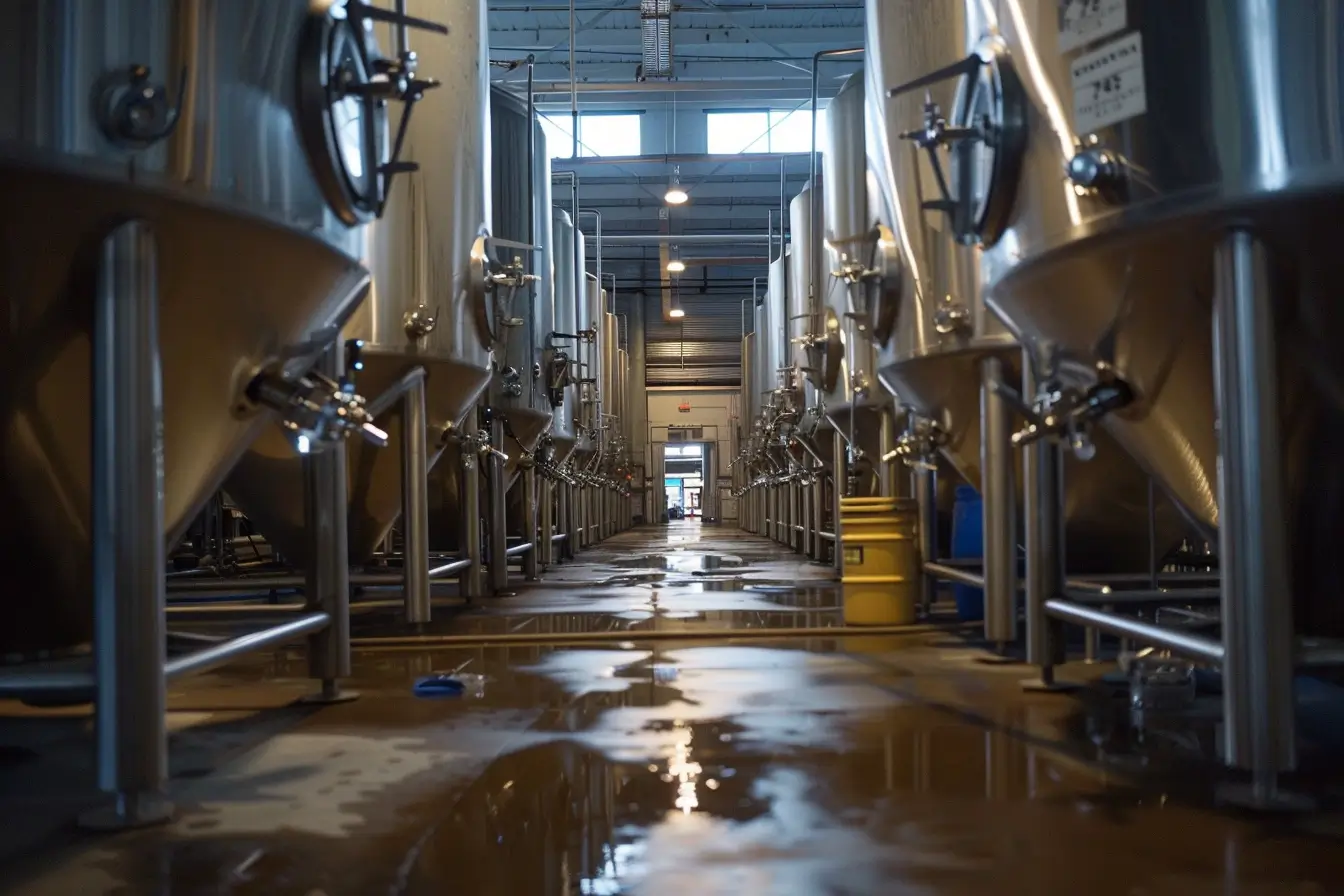
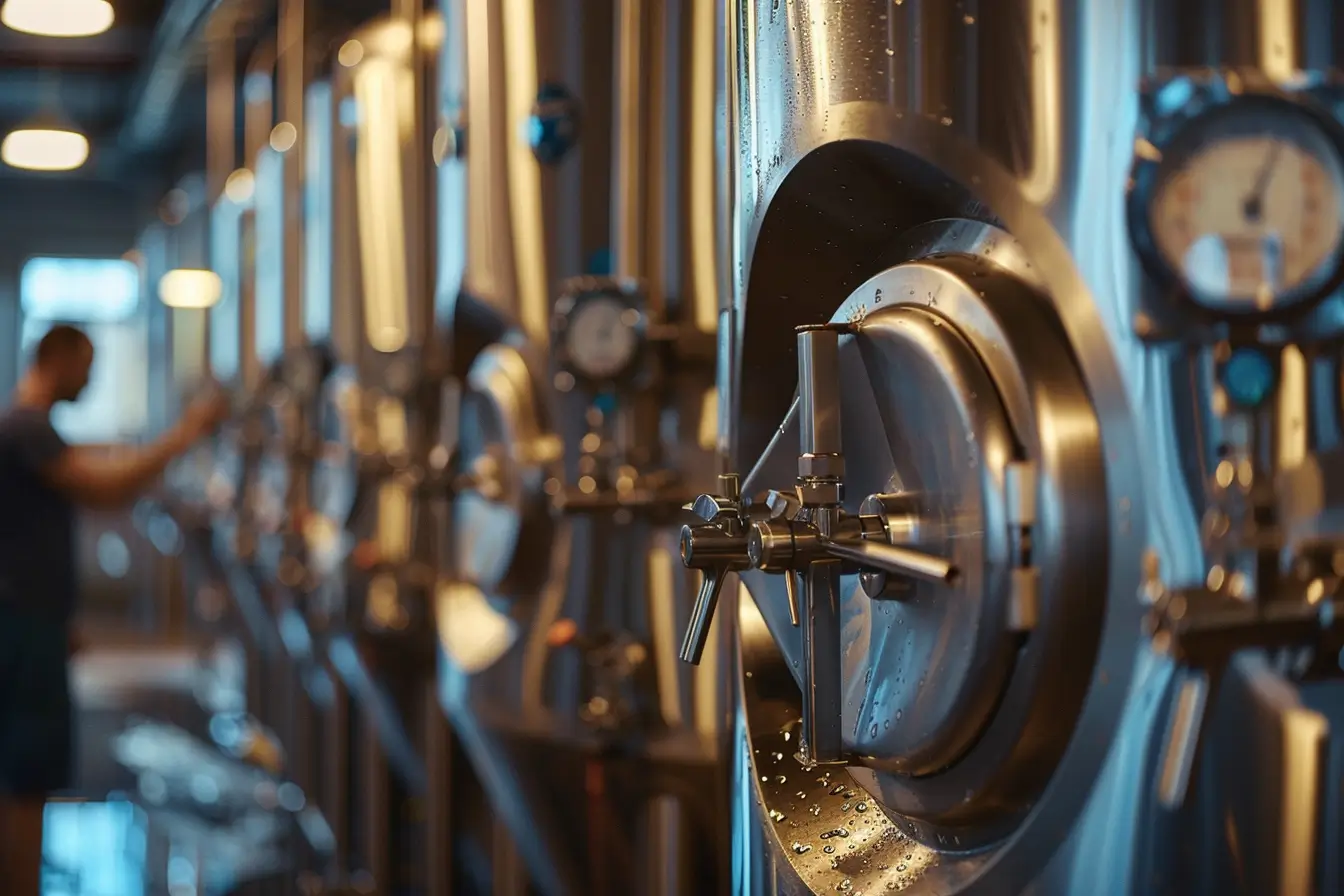
English IPA, or India Pale Ale, emerged in the late 18th century as a solution to a pressing problem faced by the British Empire: how to supply beer to its troops and colonists in India. Traditional ales would spoil during the long sea voyage around Africa. Brewers found that by increasing the hop content and alcohol strength, the beer could survive the journey and arrive in good condition.
The style gained popularity not only in India but also back in England. Drinkers appreciated its robust flavors and higher alcohol content. As brewing techniques improved and refrigeration became available, the strength of IPAs gradually decreased, evolving into the more balanced style we know today.
In the late 20th and early 21st centuries, English IPA experienced a renaissance as part of the global craft beer movement. While American craft brewers were developing their own hop-forward interpretations, many British brewers returned to their roots, reviving and reinterpreting this classic style. This renewed interest has led to a wide range of English IPAs, from faithful historical recreations to modern interpretations that push the boundaries of the style.
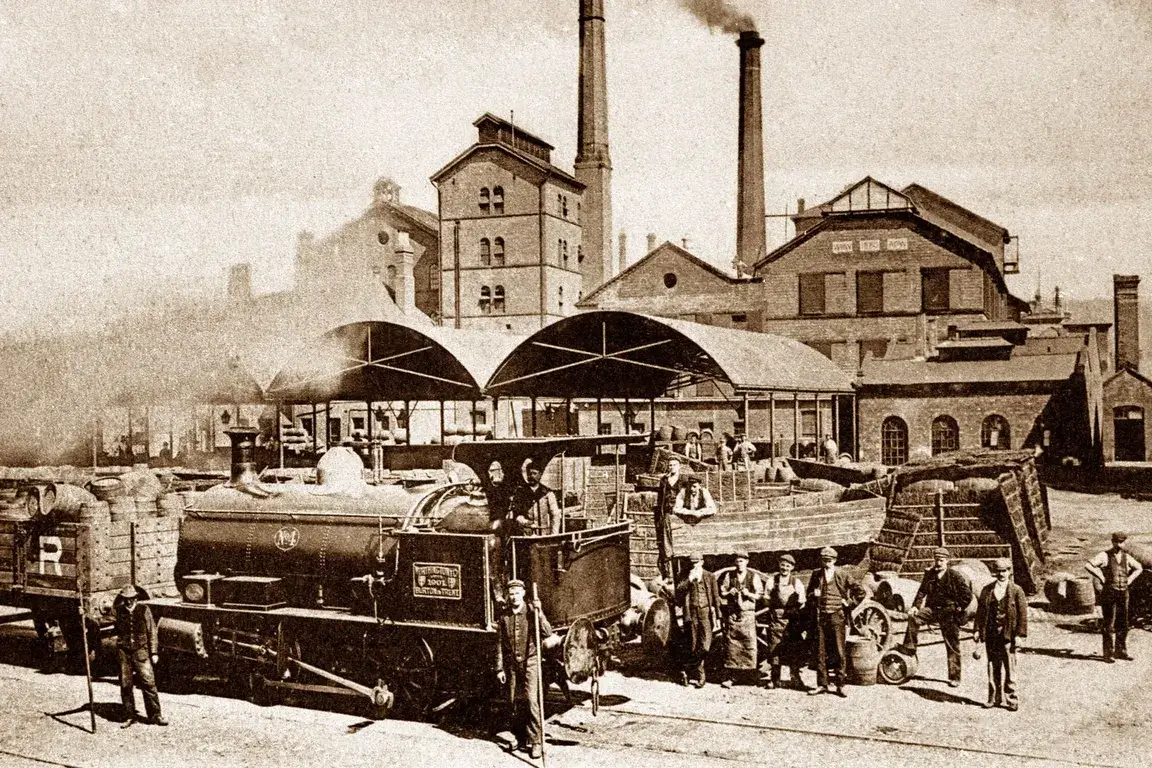
London brewer George Hodgson begins exporting a highly hopped pale ale to India, laying the groundwork for IPA.
Allsopp's brewery in Burton-upon-Trent begins brewing IPA, utilizing the town's hard water to create a crisper, more bitter beer.
The style becomes popular domestically, with "East India Pale Ale" appearing on pub signs across England.
World Wars and changing tastes lead to a decline in IPA production, with many becoming weaker in strength.
Craft beer movement sparks renewed interest in traditional English IPA, leading to its revival and reinterpretation.
Get quick answers to our most frequently asked questions about New England IPA (NEIPA)
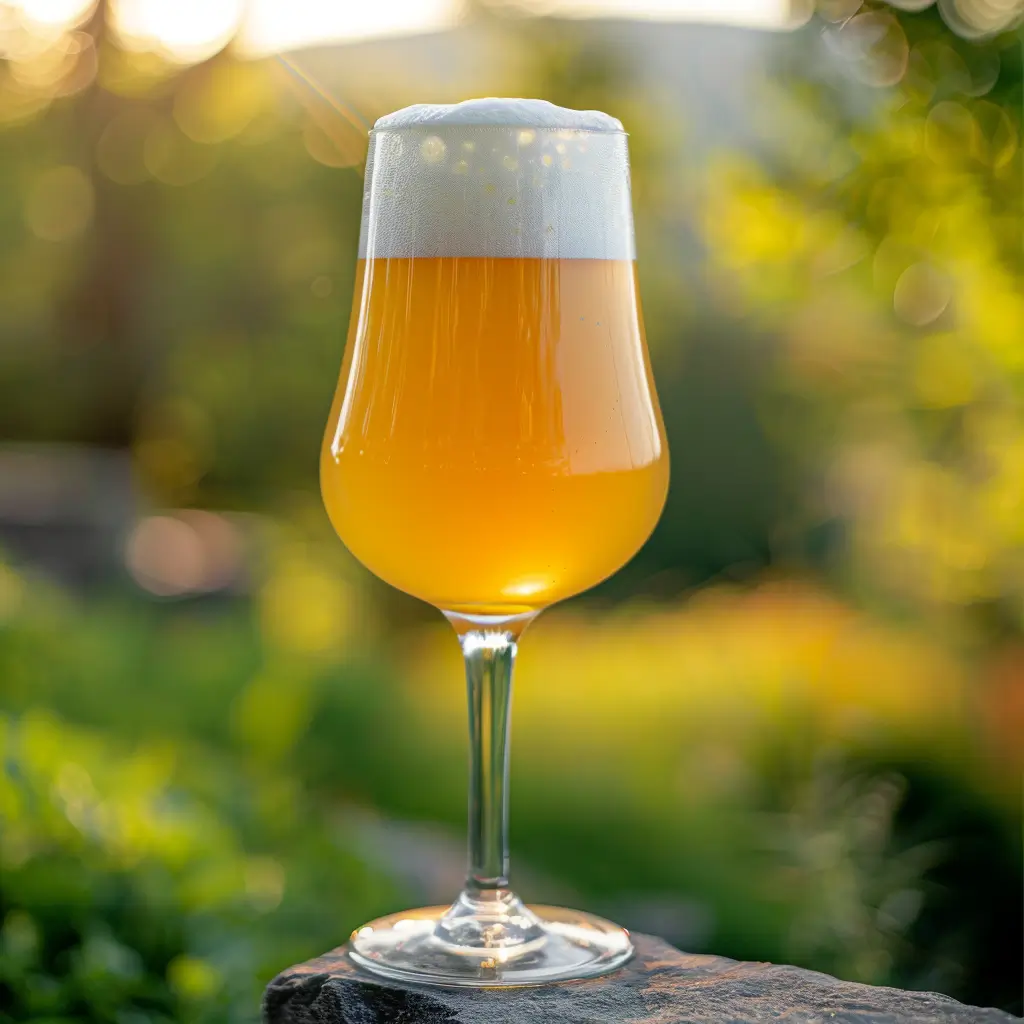
Want to read about other beer styles? We've got you covered!
English IPAs typically have a more balanced malt-hop profile, lower alcohol content, and feature earthy, floral hop flavors rather than the citrusy, piney notes of American IPAs.
The name comes from its historical purpose - it was brewed stronger and hoppier to survive the long sea journey to British colonies in India.
The combination of English malts, traditional hop varieties, hard water, and English ale yeast creates its unique flavor profile.
While not warm, they're typically served slightly warmer than American craft beers, usually around 50-55°F (10-13°C) to allow full flavor expression.
English IPAs usually range from 5.0-7.5% ABV, making them stronger than typical session beers but often less potent than many American IPAs.
While best enjoyed fresh to appreciate hop character, some higher ABV versions can age well, developing interesting malt-forward flavors.
A nonic pint glass or tulip glass is ideal, as these shapes help concentrate aromas and maintain the beer's head.
The hard water traditionally used, particularly from Burton-upon-Trent, enhances hop bitterness and creates a crisp, clean flavor profile.
While not traditional, some modern craft brewers experiment with fruit additions. However, classic English IPAs rely on hop and malt for their flavor profile.
The style originated in the late 18th century, making it over 200 years old, though it has evolved significantly over time.

Want to read about other beer styles? We've got you covered!